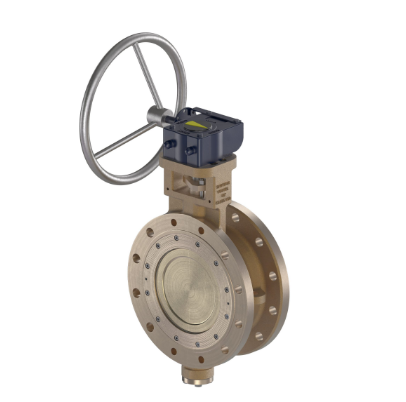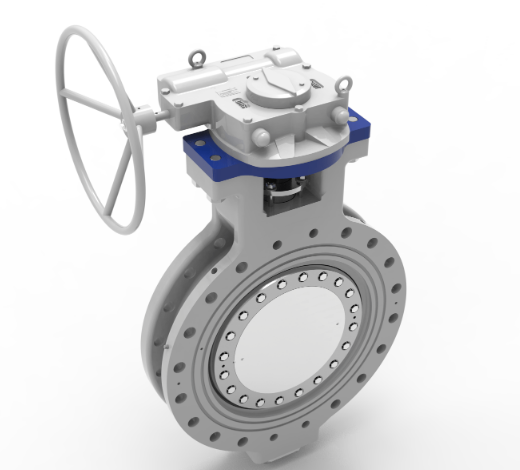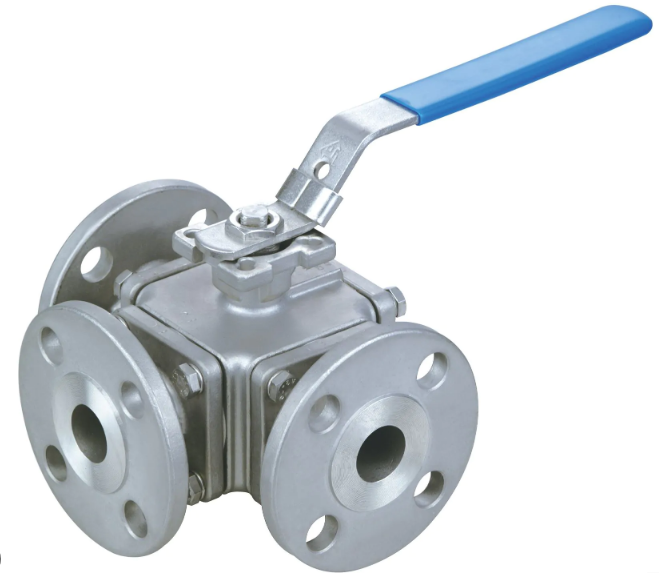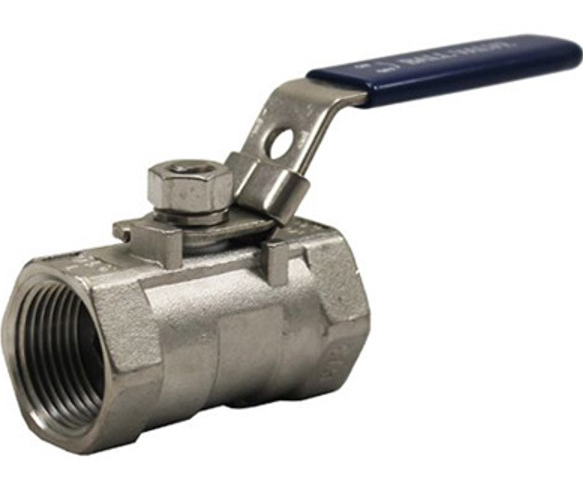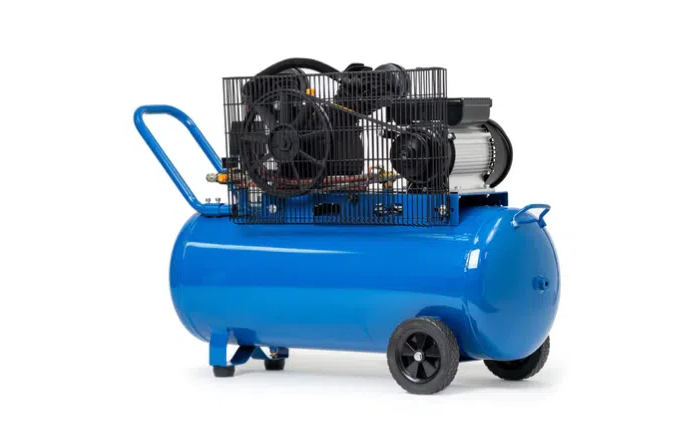Introduction
A low pressure pneumatic actuator is a specialized actuator designed to operate effectively with lower-than-standard air supply pressures, typically below 3 bar (43 psi). While standard pneumatic actuators require compressed air in the range of 5–8 bar (72–116 psi), low pressure models are built for applications where high-pressure air is not available or where reduced operating force is required.
These actuators are essential in industries such as food processing, laboratory automation, medical devices, and lightweight material handling, where precision, energy efficiency, and safety are top priorities.
What is a Low Pressure Pneumatic Actuator?
A low pressure pneumatic actuator converts compressed air at reduced pressure into mechanical motion — either linear or rotary. These actuators are specifically engineered with:
-
Larger piston surface areas to generate sufficient force at low pressure
-
Lightweight construction for easier actuation
-
Enhanced sealing to maintain efficiency at reduced air pressures
Working Principle
The working principle of a low pressure pneumatic actuator is similar to that of standard pneumatic actuators, but optimized for reduced air supply:
-
Air Supply at Low Pressure
Compressed air enters the actuator chamber at 1–3 bar (15–43 psi). -
Force Generation
A larger piston diameter or specialized vane mechanism compensates for the lower pressure, maintaining required torque or linear force. -
Motion Output
-
Linear Type – Moves a piston rod back and forth.
-
Rotary Type – Converts piston or vane motion into rotational torque.
-
-
Return Mechanism
-
Single-acting actuators use a spring return.
-
Double-acting actuators use air pressure for both strokes.
-
Advantages of Low Pressure Pneumatic Actuators
-
Energy Savings – Lower air pressure reduces compressor load.
-
Safety – Reduced pressure minimizes hazards in sensitive environments.
-
Lightweight Design – Ideal for mobile or compact machinery.
-
Precision Control – Easier fine-tuning for delicate processes.
-
Lower Noise Levels – Quieter operation compared to high-pressure systems.
Types of Low Pressure Pneumatic Actuators
-
Linear Low Pressure Pneumatic Actuators
-
Suitable for sliding mechanisms and small gate valves.
-
Often used in conveyor and packaging lines.
-
-
Rotary Low Pressure Pneumatic Actuators
-
Provide quarter-turn or multi-turn rotation.
-
Used for butterfly valves, dampers, and material handling arms.
-
-
Single-Acting
-
Fail-safe design with spring return.
-
Ideal for emergency shut-off applications.
-
-
Double-Acting
-
Air-powered in both directions for faster cycling.
-
Suitable for high-frequency, low-pressure automation.
-
Applications
Low pressure pneumatic actuators are widely used in:
-
Food & Beverage Processing – Operating sanitary valves at reduced pressure.
-
Pharmaceutical Production – Controlling lightweight automation equipment.
-
Medical Devices – Compact actuators for oxygen or gas flow control.
-
Laboratory Automation – Precision equipment where excessive force is undesirable.
-
Packaging Machinery – Fast, safe, and gentle product handling.
Selection Considerations
When choosing a low pressure pneumatic actuator, evaluate:
-
Operating Pressure Range – Ensure compatibility with available air supply.
-
Required Force or Torque – Account for low-pressure operation by selecting larger piston sizes.
-
Environmental Conditions – Use stainless steel or corrosion-resistant materials for harsh settings.
-
Cycle Frequency – Ensure actuator is rated for intended duty cycles.
-
Mounting Space – Choose compact models for tight installations.
Maintenance Tips
-
Check air supply filters to prevent contaminants from reducing efficiency.
-
Inspect seals regularly — low pressure actuators rely heavily on tight sealing.
-
Lubricate moving parts as per manufacturer guidelines.
-
Avoid overloading, as torque margins are smaller at reduced pressure.
Conclusion
A low pressure pneumatic actuator provides safe, efficient, and reliable motion control where full-pressure systems are unnecessary or impractical. By understanding its working principle, design considerations, and suitable applications, engineers and operators can select the right actuator to optimize performance while reducing energy costs.
If you want to learn more about low-priced products, please visit the following website: www.xm-valveactuator.com







